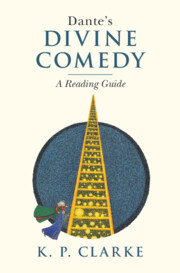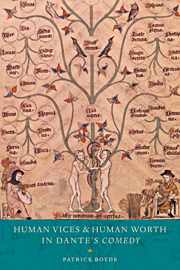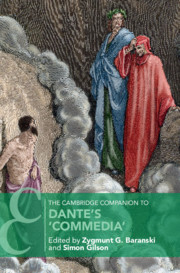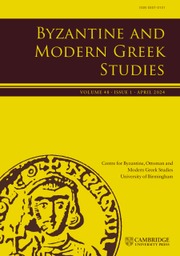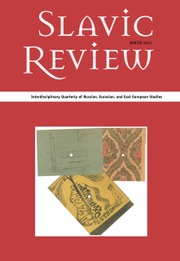Dante's Divine Comedy
The first of its kind, this guide enables readers to get as close as possible to the words of Dante's Comedy. Opening up interpretative possibilities that only become available through reading the poem in its original form, it equips students with an enjoyable and accessible grammatical introduction to the language of early Italian. Including a series of passages drawn from Inferno, Purgatorio and Paradiso, the text is accompanied by a detailed glossary, followed by a commentary which pays particular attention to matters of language and style. Further reading and study questions are provided at the end of each section, prompting new and fresh ways of engaging with the text. Readers will discover how, by listening to Dante in his own words, one may newly and more fully appreciate the breathtaking beauty of the Comedy.
- Gives a clear and systematic account of the grammar of Dante's Italian, rendering accessible the singular language of Dante's Comedy
- Provides a clear running glossary to aid the reader in understanding selected passages of the Comedy, allowing for in-depth engagement with its original vernacular Italian
- Accompanies each passage with a commentary including interpretation and explication of Dante's poem, revealing what insights and revelations become available through reading the poem in the original language
Reviews & endorsements
'A comprehensive, innovative, and engaging Guide to Dante's perennial masterpiece. Featuring an in-depth introduction to Dante's language and style, as well as illuminating close-readings of key passages from the entire work, this book will be highly useful to students and general readers interested in exploring the Divine Comedy in all its original splendor.' Gur Zak, Hebrew University of Jerusalem
'Beyond its crisp and up-to-date account of Dante's Comedy in its historical setting and material existence, what distinguishes KP Clarke's Dante's Divine Comedy: A Reading Guide from all other introductions to the poet's masterwork and what makes it indispensable is the detailed account of Dante's Italian, from grammar and syntax to versification and pronunciation, that will permit English-speaking students and readers to experience Dante's work in its astonishing actuality as a poem. This is a great contribution that richly deserves our thanks.' Ronald L. Martinez, Brown University
'Kenneth Clarke's guide to reading Dante's Commedia offers invaluable support to the poem's English speaking audiences, providing new readers with linguistic and cultural guidance that will support them in learning to embrace the poem's original language, form and even title: Commedia as much as Divine Comedy. Clarke's guide is designed to encourage confidence in approaching Dante's poetry, and conveys the excitement and satisfaction to be gained in exploring this great work of European literature in its original Italian form. The resulting breadth of coverage ensures the book will be valued by beginners and advanced readers alike, in university settings and beyond.' Catherine Keen, University College London
'Clarke's volume patiently and precisely opens the language of Dante's great poem to interpretation, offering a toolkit for approaching its grammar, rhythm, and vocabulary as well as a series of elegant examples of commentary and close reading. This will be an indispensable companion for the English-speaking reader of Dante who seeks to dwell in the poetry of the Divine Comedy.' Heather Webb, University of Cambridge
Product details
May 2024Hardback
9781009400817
306 pages
235 × 159 × 22 mm
0.58kg
Not yet published - available from February 2025
Table of Contents
- Part I:
- 1. The Comedy from manuscript to print
- 2. Dante's Italian
- 3. Dante's words
- 4. Pronouncing Italian
- 5. Nouns
- 6. Articles
- 7. Prepositions
- 8. Conjunctions
- 9. Adjectives
- 10. Pronouns
- 11. Adverbs
- 12. Verbs
- 13. The Meter and Form of the Comedy
- Part II. Passages for Commentary and Close-Reading:
- 14. Section 1: Inf. 1. 1-27, Inf. 2. 28-36
- 15. Section 2: Inf. 3. 1-9, Inf. 4. 73-102
- 16. Section 3: Inf. 5. 82-108, Inf. 10. 61-69
- 17. Section 4: Inf. 26. 112-142, Inf. 32. 133-139–Inf. 33. 1-9
- 18. Section 5: Pg. 1. 1-21, Pg. 5. 130-136
- 19. Section 6: Pg. 10. 28-54, Pg. 21. 7-18
- 20. Section 7: Pg. 22. 64-93, Pg. 24. 49-63
- 21. Section 8: Pg. 26. 106-135, Pg. 30. 40-57
- 22. Section 9: Pd. 1. 1-36, Pd. 9. 31-42
- 23. Section 10: Pd. 11. 43-72, Pd. 12. 70-81
- 24. Section 11: Pd. 15. 25-48, Pd. 26. 124-138
- 25. Section 12: Pd. 30. 46-54, Pd. 33. 115-145.

